Modjtaba Rouhani
Fine-tuned Generative Adversarial Network-based Model for Medical Images Super-Resolution
Nov 17, 2022



Abstract:In medical image analysis, low-resolution images negatively affect the performance of medical image interpretation and may cause misdiagnosis. Single image super-resolution (SISR) methods can improve the resolution and quality of medical images. Currently, Generative Adversarial Networks (GAN) based super-resolution models have shown very good performance. Real-Enhanced Super-Resolution Generative Adversarial Network (Real-ESRGAN) is one of the practical GAN-based models which is widely used in the field of general image super-resolution. One of the challenges in the field of medical image super-resolution is that, unlike natural images, medical images do not have high spatial resolution. To solve this problem, we can use transfer learning technique and fine-tune the model that has been trained on external datasets (often natural datasets). In our proposed approach, the pre-trained generator and discriminator networks of the Real-ESRGAN model are fine-tuned using medical image datasets. In this paper, we worked on chest X-ray and retinal images and used the STARE dataset of retinal images and Tuberculosis Chest X-rays (Shenzhen) dataset for fine-tuning. The proposed model produces more accurate and natural textures, and its outputs have better details and resolution compared to the original Real-ESRGAN outputs.
A metaheuristic multi-objective interaction-aware feature selection method
Nov 10, 2022Abstract:Multi-objective feature selection is one of the most significant issues in the field of pattern recognition. It is challenging because it maximizes the classification performance and, at the same time, minimizes the number of selected features, and the mentioned two objectives are usually conflicting. To achieve a better Pareto optimal solution, metaheuristic optimization methods are widely used in many studies. However, the main drawback is the exploration of a large search space. Another problem with multi-objective feature selection approaches is the interaction between features. Selecting correlated features has negative effect on classification performance. To tackle these problems, we present a novel multi-objective feature selection method that has several advantages. Firstly, it considers the interaction between features using an advanced probability scheme. Secondly, it is based on the Pareto Archived Evolution Strategy (PAES) method that has several advantages such as simplicity and its speed in exploring the solution space. However, we improve the structure of PAES in such a way that generates the offsprings, intelligently. Thus, the proposed method utilizes the introduced probability scheme to produce more promising offsprings. Finally, it is equipped with a novel strategy that guides it to find the optimum number of features through the process of evolution. The experimental results show a significant improvement in finding the optimal Pareto front compared to state-of-the-art methods on different real-world datasets.
An Evolutionary Correlation-aware Feature Selection Method for Classification Problems
Oct 16, 2021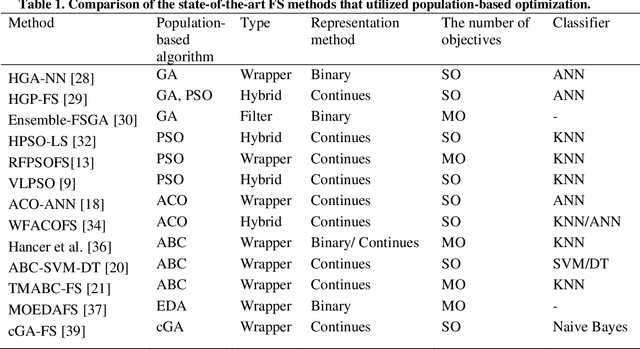
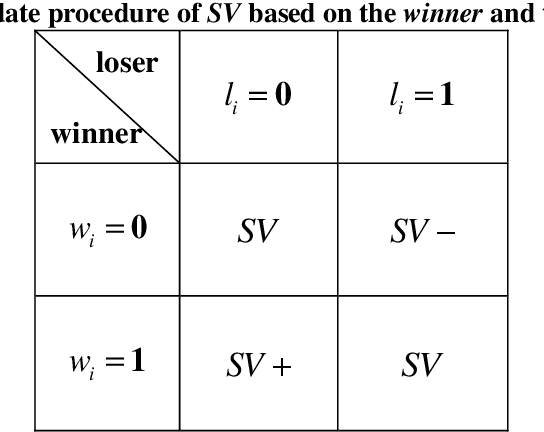
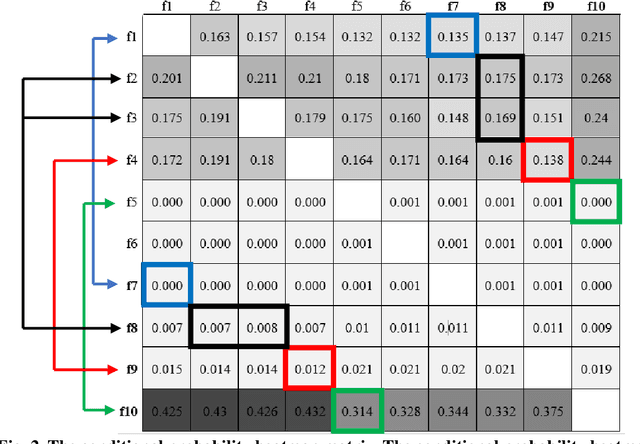
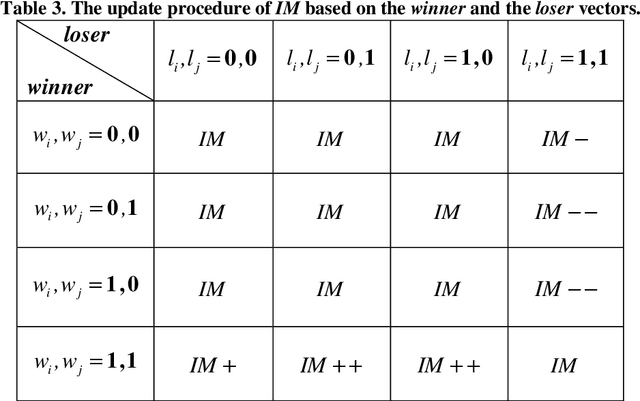
Abstract:The population-based optimization algorithms have provided promising results in feature selection problems. However, the main challenges are high time complexity. Moreover, the interaction between features is another big challenge in FS problems that directly affects the classification performance. In this paper, an estimation of distribution algorithm is proposed to meet three goals. Firstly, as an extension of EDA, the proposed method generates only two individuals in each iteration that compete based on a fitness function and evolve during the algorithm, based on our proposed update procedure. Secondly, we provide a guiding technique for determining the number of features for individuals in each iteration. As a result, the number of selected features of the final solution will be optimized during the evolution process. The two mentioned advantages can increase the convergence speed of the algorithm. Thirdly, as the main contribution of the paper, in addition to considering the importance of each feature alone, the proposed method can consider the interaction between features. Thus, it can deal with complementary features and consequently increase classification performance. To do this, we provide a conditional probability scheme that considers the joint probability distribution of selecting two features. The introduced probabilities successfully detect correlated features. Experimental results on a synthetic dataset with correlated features prove the performance of our proposed approach facing these types of features. Furthermore, the results on 13 real-world datasets obtained from the UCI repository show the superiority of the proposed method in comparison with some state-of-the-art approaches.
Epileptic seizure detection using deep learning techniques: A Review
Jul 02, 2020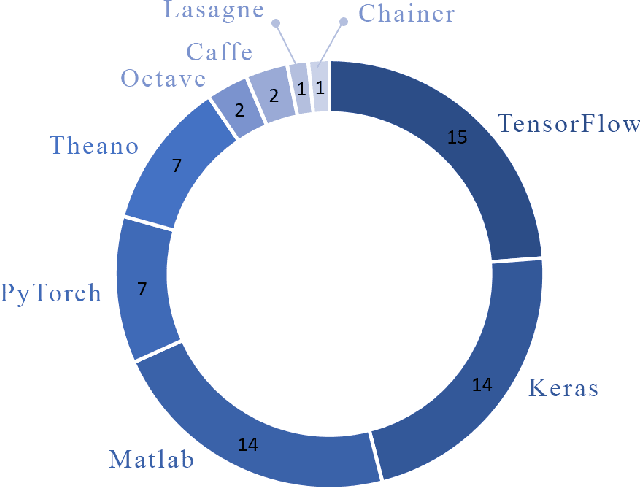
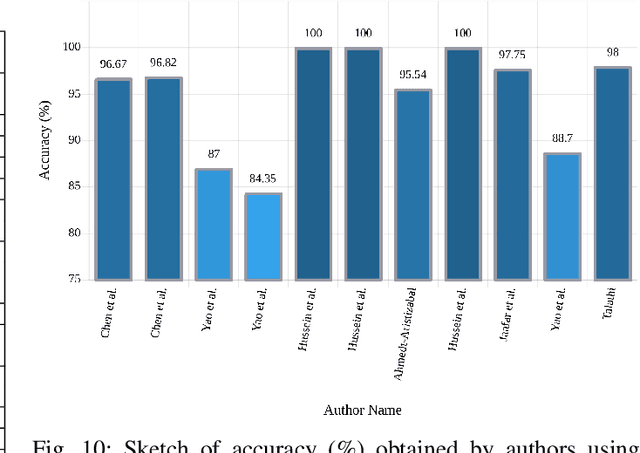
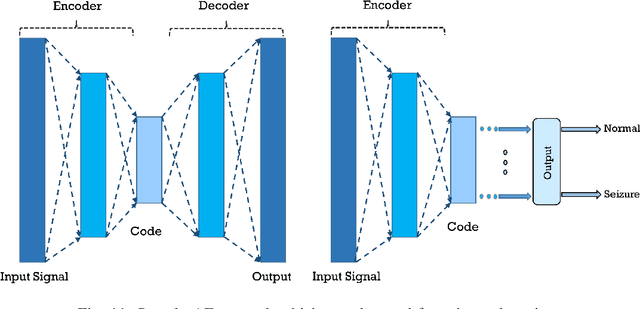
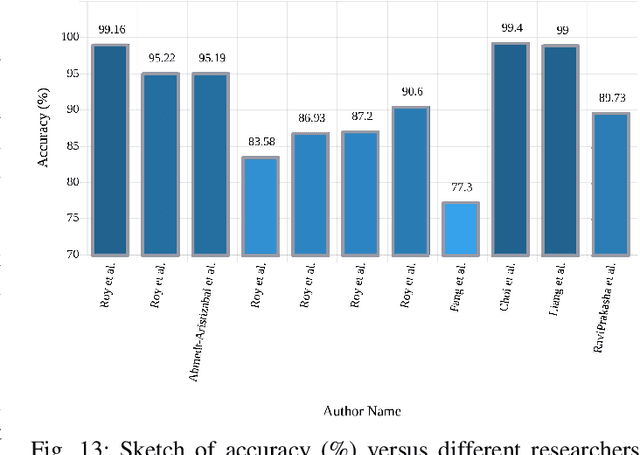
Abstract:A variety of screening approaches have been proposed to diagnose epileptic seizures, using Electroencephalography (EEG) and Magnetic Resonance Imaging (MRI) modalities. Artificial intelligence encompasses a variety of areas, and one of its branches is deep learning. Before the rise of deep learning, conventional machine learning algorithms involving feature extraction were performed. This limited their performance to the ability of those handcrafting the features. However, in deep learning, the extraction of features and classification is entirely automated. The advent of these techniques in many areas of medicine such as diagnosis of epileptic seizures, has made significant advances. In this study, a comprehensive overview of the types of deep learning methods exploited to diagnose epileptic seizures from various modalities has been studied. Additionally, hardware implementation and cloud-based works are discussed as they are most suited for applied medicine.
WSMN: An optimized multipurpose blind watermarking in Shearlet domain using MLP and NSGA-II
May 07, 2020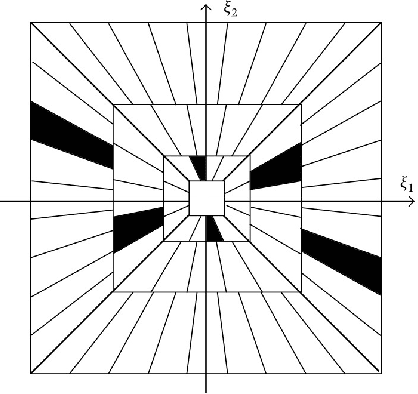
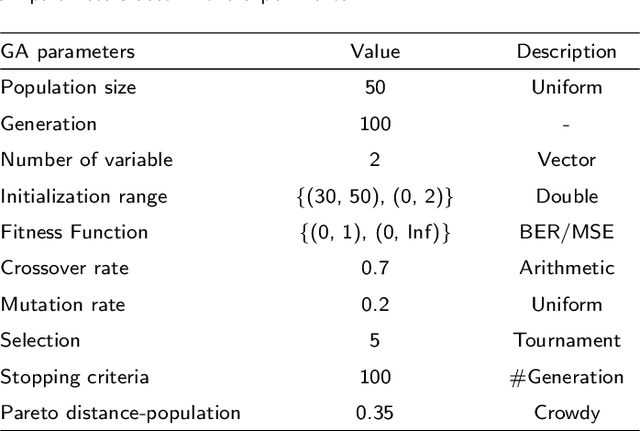

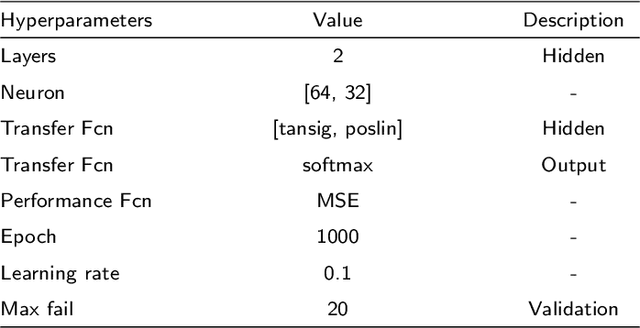
Abstract:Digital watermarking is a remarkable issue in the field of information security to avoid the misuse of images in multimedia networks. Although access to unauthorized persons can be prevented through cryptography, it cannot be simultaneously used for copyright protection or content authentication with the preservation of image integrity. Hence, this paper presents an optimized multipurpose blind watermarking in Shearlet domain with the help of smart algorithms including MLP and NSGA-II. In this method, four copies of the robust copyright logo are embedded in the approximate coefficients of Shearlet by using an effective quantization technique. Furthermore, an embedded random sequence as a semi-fragile authentication mark is effectively extracted from details by the neural network. Due to performing an effective optimization algorithm for selecting optimum embedding thresholds, and also distinguishing the texture of blocks, the imperceptibility and robustness have been preserved. The experimental results reveal the superiority of the scheme with regard to the quality of watermarked images and robustness against hybrid attacks over other state-of-the-art schemes. The average PSNR and SSIM of the dual watermarked images are 38 dB and 0.95, respectively; Besides, it can effectively extract the copyright logo and locates forgery regions under severe attacks with satisfactory accuracy.
 Add to Chrome
Add to Chrome Add to Firefox
Add to Firefox Add to Edge
Add to Edge